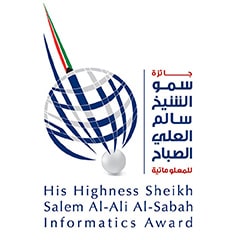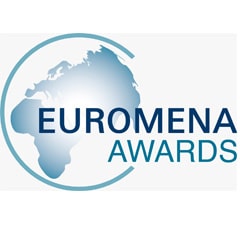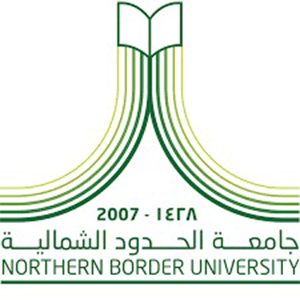Sodium is a metallic element and a member of the alkali metals group that are located in the first group of the periodic table. Its chemical symbol is Na. Sodium has a silver metallic soft appearance. Sodium is considered to be the sixth abundant element in the Earth’s crust. Pure sodium is highly reactive and it can react with minimal amounts of water leading to vigorous liberation of hydrogen gas that could result in an explosion.
2Na + 2H2O → 2NaOH + H2 ↑
That is why, sodium is not commonly found in a pure form and if found, it should be kept in oil. Sodium is used in different heat transfer applications, chemical synthesis techniques, etc.
Abundance of Sodium in Nature: Sodium is abundant in nature as sodium ions in mineral salts such as sodium chloride. It is commonly found as a constituent in Earth's oceans, bodies of water, soil, and many biological fluids in our bodies.
Properties and Uses of Sodium: Sodium as a metal has a boiling point of 97⁰C. Therefore, molten sodium is used as a cooling agent in nuclear reactors. In addition, it has been used in the research of development of sodium/sulfur batteries. It is also used as the basic radical in preparation of various chemical compounds such as sodium chloride, sodium hydroxide (lye), sodium carbonate (washing soda) and sodium sulfate.
Sodium Salts: Sodium chloride is one of the most commonly abundant sodium salts. Sodium Chloride is commonly known as table salt as it is the main salt used in food. In addition, it is also known as sea salt although sea water contains other salts. This is attributed to that sodium chloride is the main salt that is responsible for the salinity of the sea water and other extracellular body fluids. For instance, unrefined sea salt consists of sodium chloride in addition to trace amounts of magnesium and calcium halides and sulfates, algal products, salt-resistant bacteria and sediment particles.
Sodium chloride is an ionic compound whose chemical formula is NaCl containing both sodium and chloride ions in an equal ratio of 1:1.
Preparation of Sodium Chloride: Sodium chloride is extracted from sea water by evaporation before undergoing some refinement to extract it in a pure form. It has been early processed around 6,000 BC, in Romania, where people started to boil water to extract sea salts. It was also extracted and utilized since then by the Chinese, ancient Hebrews, the Greeks, the Romans, the Byzantines, the Hittites, the ancient Egyptians, and the Indians.
Properties and Uses of Sodium Chloride:
- Sodium chloride is a white crystalline salt that is highly soluble in water producing colorless aqueous solutions.
- Sodium chloride has the chemical formula of NaCl with molecular weight of 58.44 g/mol.
- Sodium chloride salt possesses a melting point and boiling point of 801 ⁰C and 1465 ⁰C, respectively.
- Sodium chloride plays an important role in manipulating water amounts and isotonicity of body fluids.
- Sodium chloride regulates the muscle contractions and nerve impulses.
- Sodium chloride is used in some medications.


















